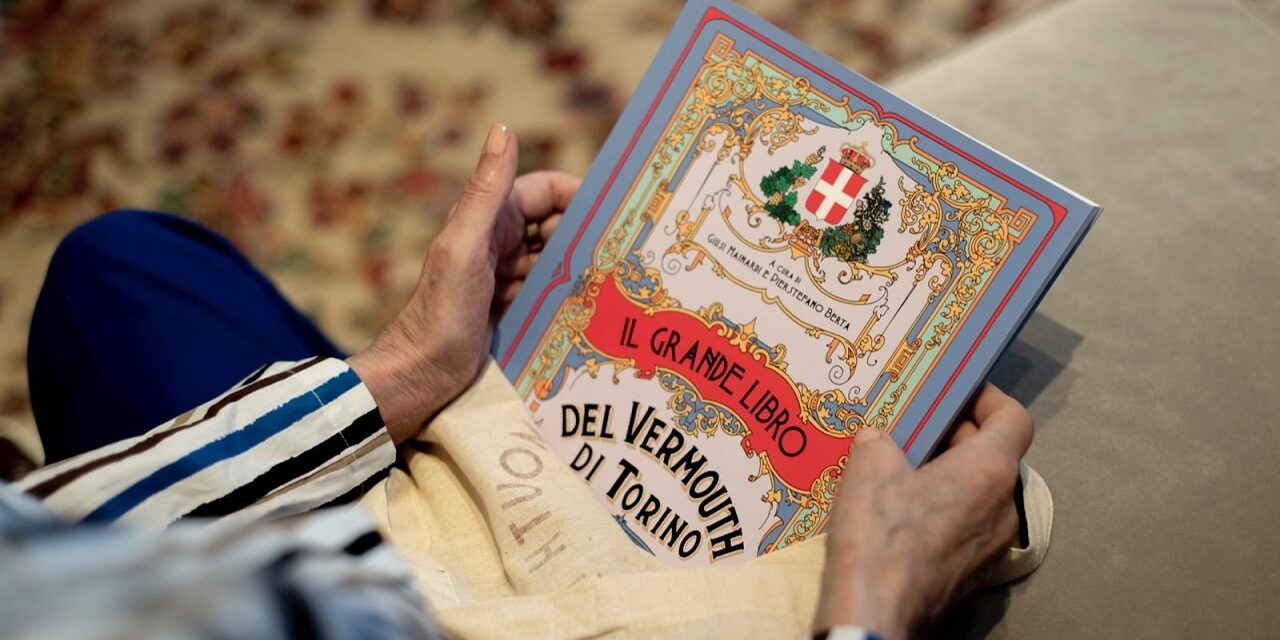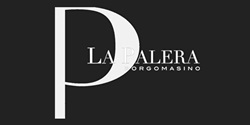FROM THURSDAY APRIL 13 TO SUNDAY APRIL 16, A WIDESPREAD FOOD AND WINE FESTIVAL DEDICATED TO VERMOUTH IS SCHEDULED IN THE PIEDMONT AREA, BETWEEN BIELLA, AGLIÈ, CALUSO, AND TURIN.
BIELLA -The vermouth is an aromatized aperitif made from wine, herbs, spices, and roots. Its origin dates back to the 19th century, when pharmacist Antonio Benedetto Carpano created the first modern vermouth in Turin.
Born in Bioglio near Biella, Piedmont, the Italian pharmacist Carpano created his vermouth in 1786, when he opened a spice and pharmacy shop in Turin. He began mixing white wine with herbs and spices, including absinthe, to create a health tonic. The drink was successful and soon became a popular aperitif throughout Europe.
Carpano sold his vermouth in small cork-stoppered bottles that were labeled with the name “Carpano”. His red vermouth was very popular, and many producers began making their own versions of the drink.
Carpano died in 1815, but his vermouth continued to be produced and marketed under the name “Carpano Vermouth”. In the 19th century, many producers began making their own vermouths, giving rise to a wide variety of styles and flavors.
Another father of vermouth was Giovanni Vialardi, an Italian entrepreneur and innovator of the 19th century, known for his important contribution to the development of the vermouth industry.
Vialardi was born in Salussola, also in the province of Biella, Italy, in 1828. He started working as an apprentice at a local distillery at the age of 14, acquiring skills and knowledge of vermouth production techniques. In 1850, he founded his first vermouth distillery in Turin, called “Vialardi, Biraghi & C.”
Vialardi was an innovative and creative entrepreneur and soon introduced a series of improvements to vermouth production. For example, he used oak barrels to age the wine, thereby improving the taste of the finished product. Additionally, he developed a filtering process that allowed impurities to be removed from the wine, making the vermouth clearer and brighter.
Thanks to his innovations, Vialardi’s distillery became one of the most important and renowned vermouth producers in Italy and Europe. In 1867, Vialardi participated in the Paris Universal Exhibition, where he presented his vermouth, achieving great success and earning a gold medal for the quality of his product.
Vialardi continued to innovate and improve vermouth production throughout his life. He died in Turin in 1895, but his vermouth brand, “Vermouth Vialardi,” continued to be produced and marketed for many years to come.
The production of vermouth has undergone many changes and innovations over the years, but Giovanni Vialardi’s contribution to creating a high-quality product and spreading it around the world remains an important part of the history of vermouth.
Today, vermouth is still produced in Turin and other parts of the world, and continues to be an important ingredient in cocktail culture and cuisine. Carpano’s original recipe has been kept secret, but many vermouth brands are still inspired by its original flavor.
The drink was successful and soon became a popular aperitif throughout Europe, especially in France and Italy. In the 19th century, many wine producers began producing their own vermouth, giving rise to a wide variety of styles and flavors.
In the 1920s, vermouth became an important element of cocktail culture, with the creation of many classic cocktails like the Martini and Manhattan, both of which are based on vermouth.
Vermouth Torino is a variety of vermouth originating from the city of Torino, Italy. It is made with a base of white wine and a mixture of herbs and spices, including absinthe, cinnamon, coriander, nutmeg, and vanilla. The addition of caramel gives it its distinctive amber color.
It has received the Protected Designation of Origin (DOP) status from the European Union, meaning it can only be produced in Torino and surrounding areas using specific ingredients and methods.
Origin of Vermouth
The name “vermouth” comes from the German term “Wermut,” which means wormwood. Wormwood, a bitter plant with medicinal properties, was a key ingredient in the early recipes for vermouth. However, modern vermouth contains a wide range of herbs, spices, roots, fruits, and flowers that give the beverage its characteristic bitter and aromatic flavor.
Vermouth is produced from a base wine, usually a dry white wine, to which herbs, spices, roots, and other aromatic ingredients are added. Among the most common ingredients are wormwood, angelica, licorice, quinine, cinnamon, coriander, nutmeg, bitter orange, and sage. The infusion of these ingredients usually takes place in ethyl alcohol, followed by blending with the base wine.
Vermouth can be produced in different styles, from sweet to dry, from white to red. In Italy, red vermouth is the most popular, while in France, white vermouth is more common. Most modern vermouths contain an addition of caramel, which gives them the characteristic amber color.
Use of Vermouth
Vermouth is used in a wide range of cocktails and culinary recipes. It is a key ingredient in many classic cocktails, such as the Martini, Manhattan, Negroni, and Boulevardier. In cooking, vermouth is used to flavor sauces, soups, and garnishes.
Vermouth is a very versatile beverage and can be enjoyed on its own, with ice and a twist of lemon or orange, or as the main ingredient in a cocktail. The most common way to enjoy vermouth is as an aperitif, together with a selection of appetizers.”
Vermouth di Torino is classified based on color (White, Amber, Pink or Red) and the amount of sugar used in its preparation. It can be extra dry for products containing less than 30 grams of sugar per liter, dry for vermouth with less than 50 grams of sugar per liter, and sweet for those with a sugar content of 130 grams per liter or higher. The Vermouth di Torino specification also includes the Superiore type, which refers to products with an alcohol content of not less than 17% vol., made with at least 50% Piedmontese wines and flavored with herbs – other than absinthe – cultivated or harvested in Piedmont.
Here the program of the Vermouth Festival.







